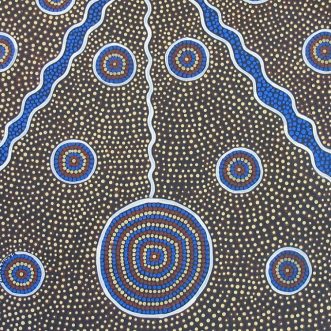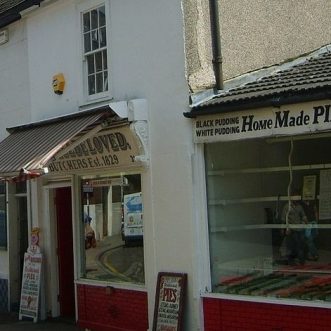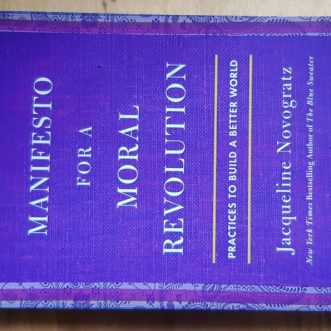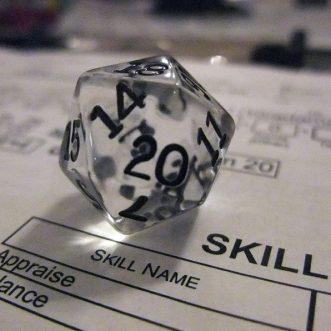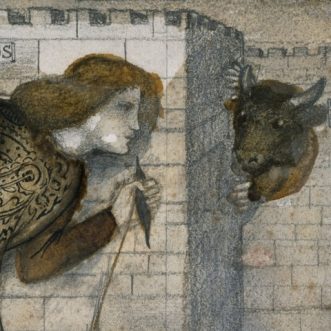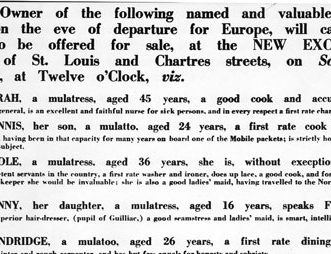July 5, 2021
How do you embed ‘process knowledge’ – the knowledge of how to do things – into other people’s heads across space and/or time?
Well the first step is obviously to get it out of your head first. Then you have to communicate it to others in a way that is easily absorbed yet also ‘sticky’.
One familiar way is through apprenticeship – repeated physical practice under the eye of a master. Great over time, although slow, harder to apply over space.
Another familiar way is to write things down – in manuals, standard operating procedures, process maps. This solves the problem of space as well as time, but is actually notoriously un-‘sticky’. Nobody likes reading manuals – in fact most people hate it.
So the best way is to create some combination of scribing and physical practice that combines the best of these approaches.
And that’s just what aboriginal Australians have been doing for around 40,000 years. They preserve their culture – their ‘way of doing things’ through a complex combination of activities that includes mapping, painting and sculpture of all kinds, song, dance and actual doing, tied to a landscape that acts as both operating territory and memory jogger.
What’s interesting is how even the ‘scribing’ is so physical and multisensory – maps can be physical representations that are walked around; memorisation takes the form of songs and stories attached to landmarks. Painting or dancing is not just a way of representing an activity, its a form of doing it.
We process mappers and manual writers could learn a lot from this approach.
Hmmm.
Watch this space.

